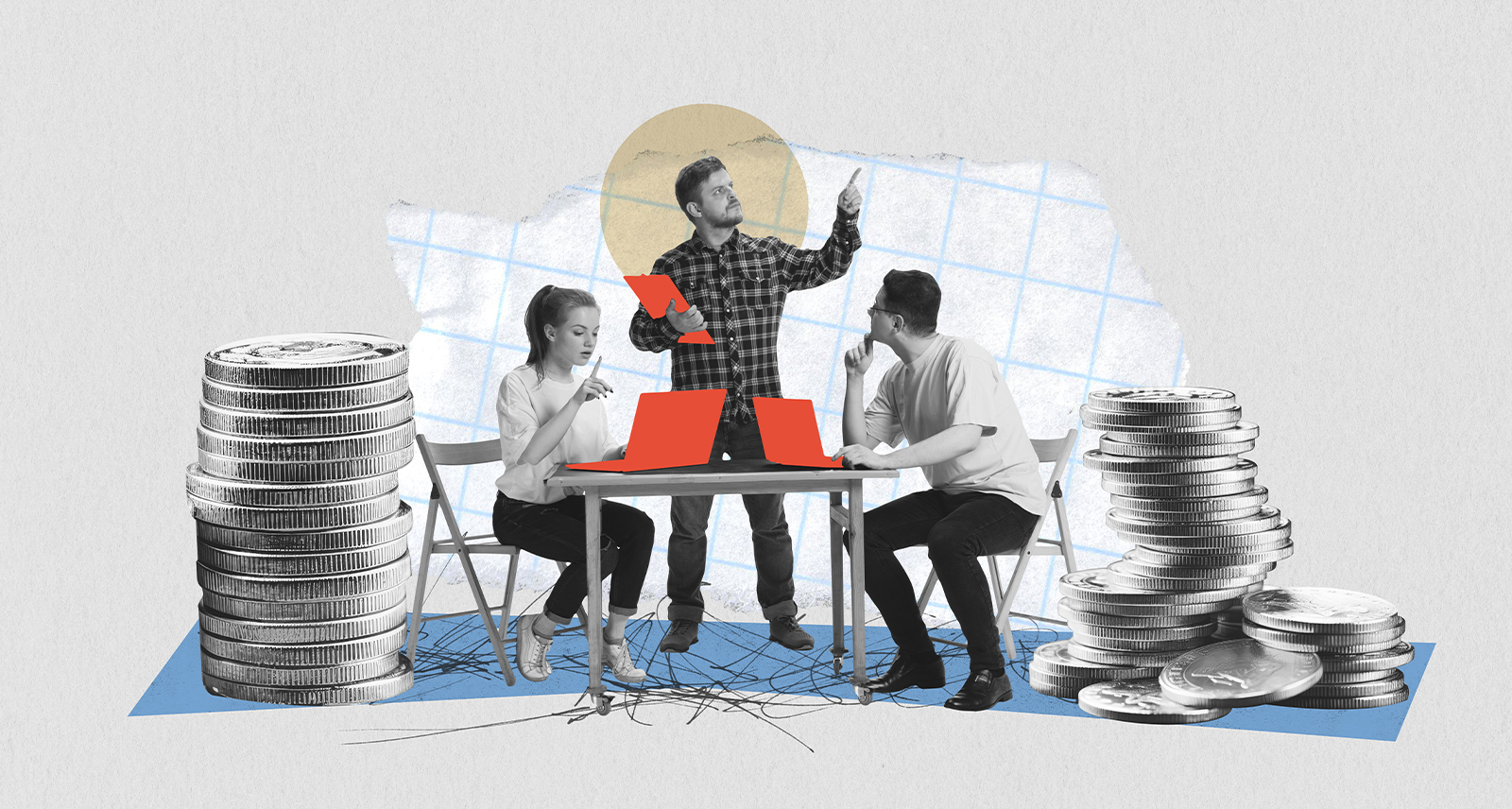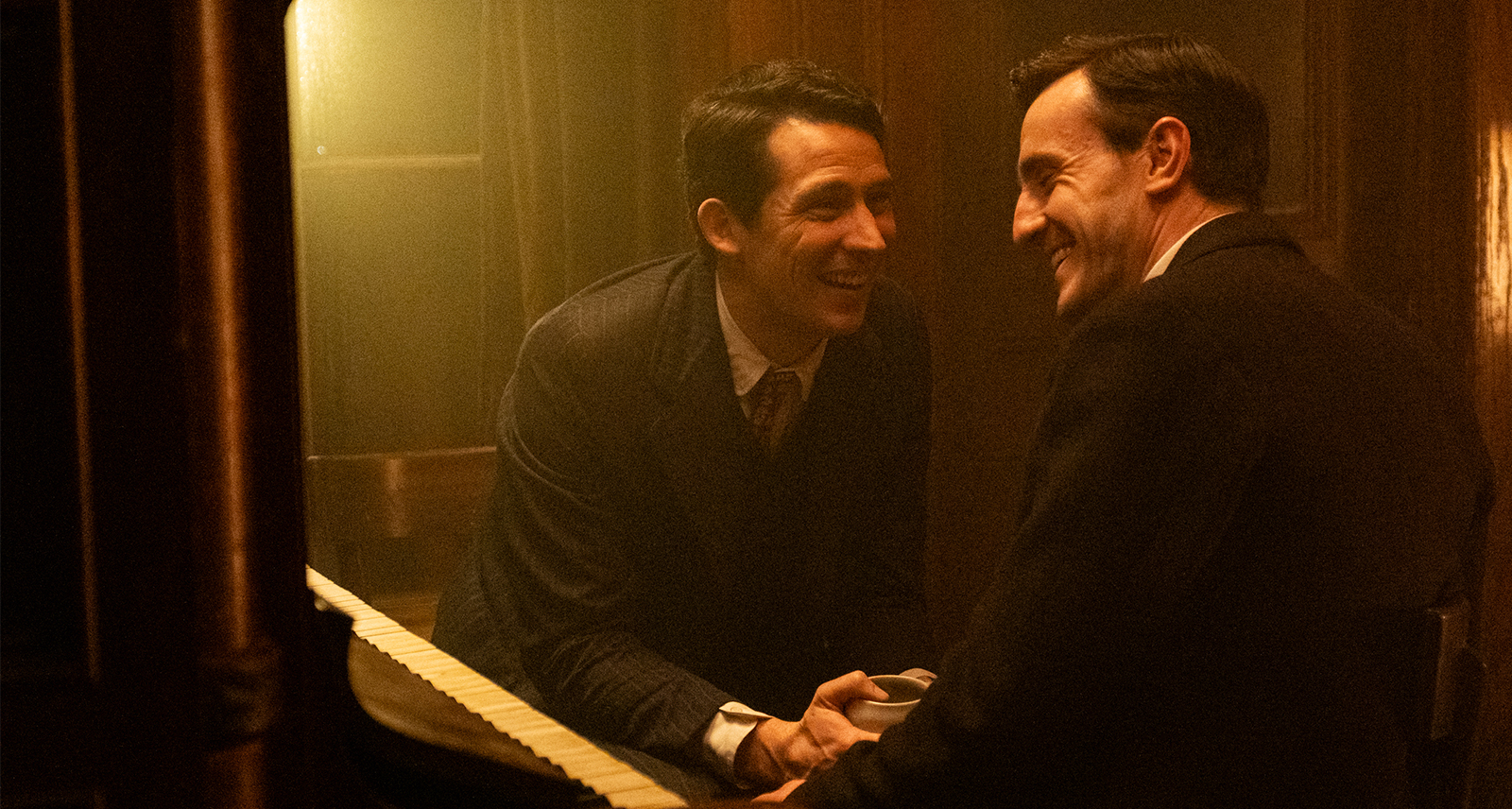FBI Recommends No Charges for Hillary: Here’s What We’re Reading Today
The Daily 5 is Sharp’s essential reading list for what’s happening in the world today. Make sure to follow us on Twitter or subscribe to the Sharp Insider newsletter to stay up to date.
Here’s what we’re reading:
1. The FBI won’t recommend criminal charges for Hillary Clinton
“To warrant a criminal charge, Mr. Comey said, there had to be evidence that Mrs. Clinton intentionally sent or received classified information — something that the F.B.I. did not find. ‘Our judgment is that no reasonable prosecutor would bring such a case,’ he said at a news conference.”
2. The Kevin Durant ripple effect
“A 73-win team just added one of the three best players in the NBA, and we’ve only begun to unpack the consequences. It’s been fun imagining how good Golden State can be, but the real intrigue lies in what the rest of the league will do about it.”
3. Everything you need to know about the Canada Post strike
“The union and Canada Post are at loggerheads over the best and most affordable way to overhaul their business as e-commerce drives more people to send packages, but fewer to send letters. Here are five things to know about the changing landscape Canada Post now faces, and what the two sides are saying about the way forward.”
4. Should Prince’s tweets be in a museum?
“Should famous artists’ social-media profiles be saved? Archiving their digital materials would follow the tradition of old-school paper archives, the ones that are responsible for maintaining collections like hundreds of Emily Dickinson’s letters, notes from Mary Shelley that show her succumbing to a brain tumor, and F. Scott Fitzgerald’s working drafts and photographs. If journals, sketchbooks, letters, and scribbled-on napkins are venerated and kept for insights into great minds, there seems to be a case that tweets should be held onto, too.”
5. Can New York City be saved in the era of global warming?
“Hurricane Sandy, which hit New York in October 2012, flooding more than 88,000 buildings in the city and killing 44 people, was a transformative event. It did not just reveal how vulnerable New York is to a powerful storm, but it also gave a preview of what the city faces over the next century, when sea levels are projected to rise five, six, seven feet or more, causing Sandy-like flooding (or much worse) to occur with increasing frequency.”









